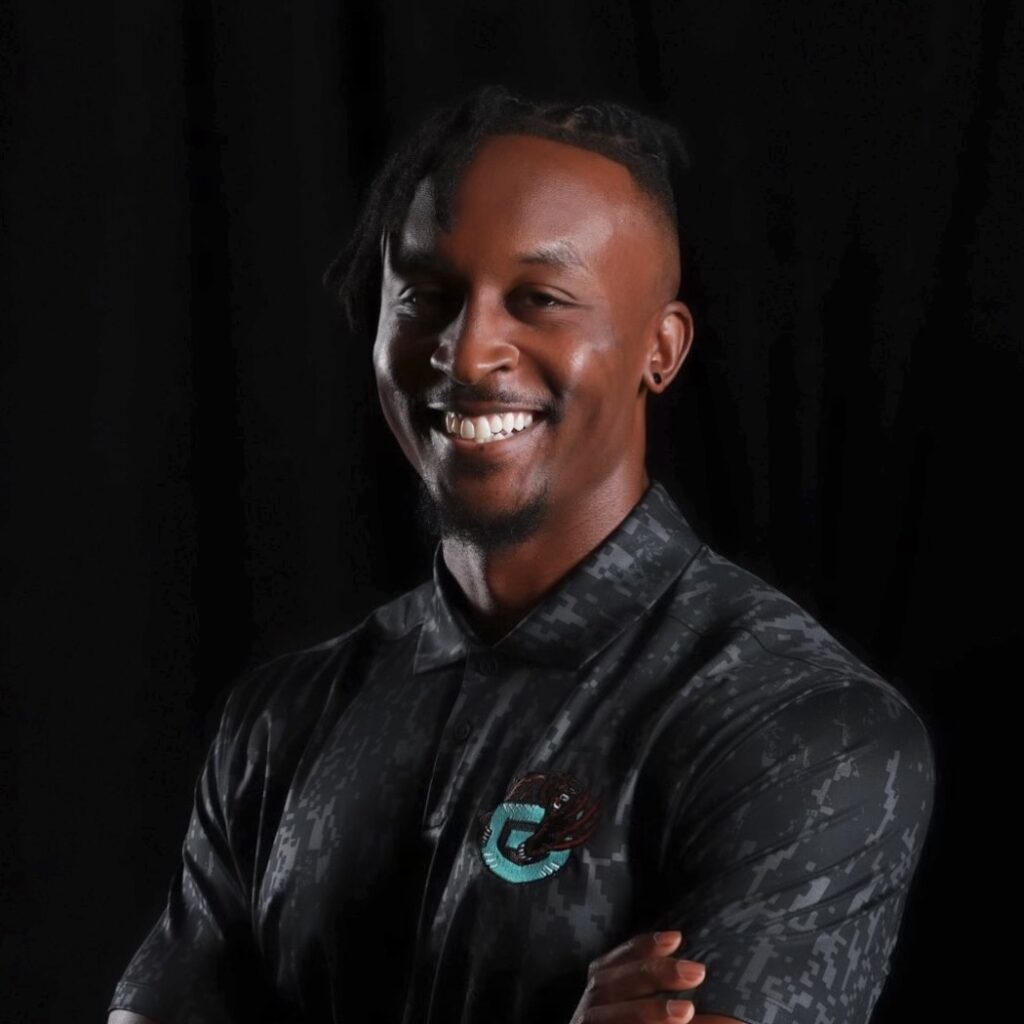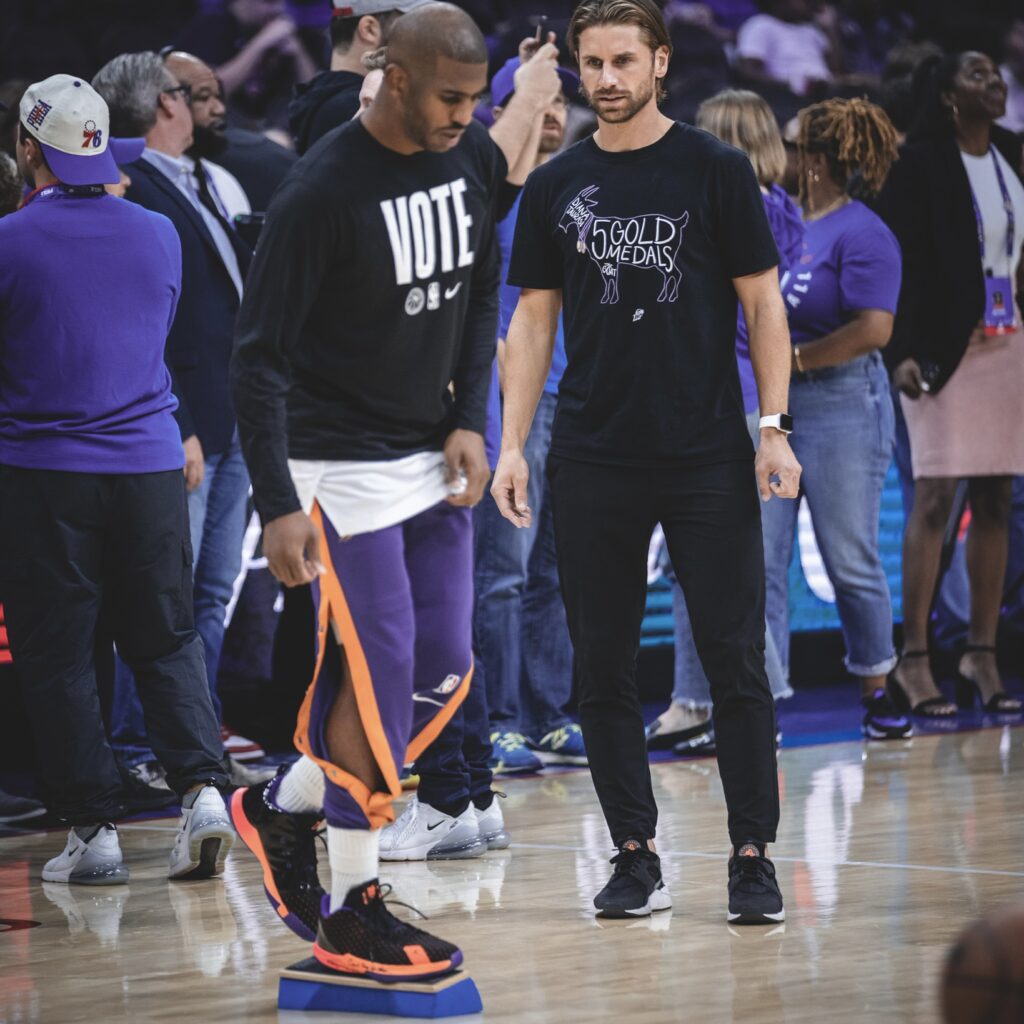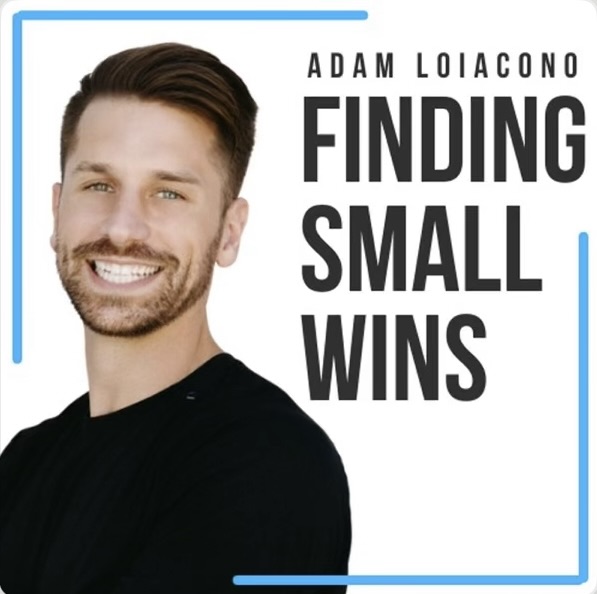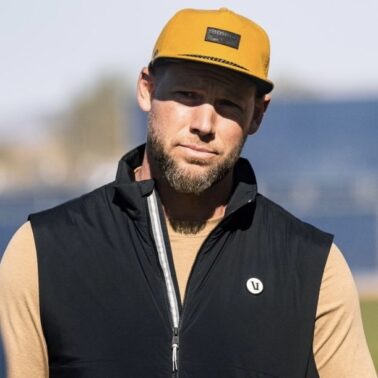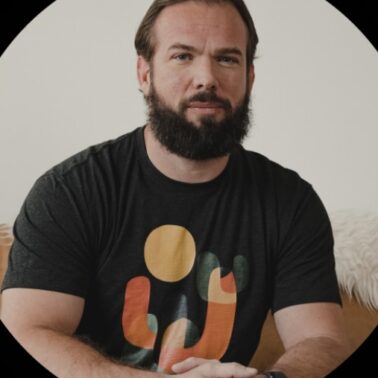“Rehab is risk tolerance. Training is risk expansion.” – Jarred Boyd
What You Will Learn
- Why variability (metabolic, mechanical) is critical for both performance and longevity within the NBA
- How Jarred’s “pluralism, essentialism, adaptive intent” framework guides program design
- The real cost of binary thinking—how we lose chance for innovation when we oversimplify
Introduction
When we hear the phrase rehab equals training, it sounds progressive and empowering. But is it accurate? Or does it blur critical distinctions that every clinician, coach, and athlete should respect?
In this episode of the Finding Small Wins Podcast, host Adam Loiacono sits down with Jarred Boyd, Director of Rehabilitation with the Memphis Grizzlies, to unpack the nuance behind the adage. Boyd argues that while rehab and training share principles like progressive overload and specificity, they diverge where risk tolerance and decision-making collide.
This conversation matters for anyone navigating the continuum of injury to performance. Too often, athletes, coaches, and clinicians over-simplify the process, assuming that loading and reloading are the same whether you’re returning from an ACL reconstruction or building peak vertical jump. In reality, the difference between training and rehab is the management of risk, the constraint of time, and the pressure of decisions made in chaotic environments like the NBA.
For physical therapists, athletic trainers, and performance coaches, this episode reframes rehab not as “soft” or “less than training,” but as a specialized process of risk management. For athletes and active adults, it’s a reminder that true rehabilitation is not just lifting weights again—it’s restoring tissue capacity, respecting biological limits, and carefully reconditioning the body for long-term resilience.
Guest Background: Jarred Boyd
Jarred Boyd has spent the last seven seasons as the Director of Rehabilitation for the Memphis Grizzlies, where he works at the intersection of medical care and high performance. A physical therapist by training, Boyd started in outpatient orthopedics before transitioning into professional basketball.
His ideology started by pairing clinical precision with performance fluency. Within the NBA grind of 82 games and relentless travel, Boyd is tasked with making daily decisions that balance risk, recovery, and readiness. His approach blends data-driven monitoring, deep clinical expertise, and the intuition developed through years of working with elite athletes.
What sets Boyd apart is his ability to distill complexity into usable principles. In this episode, he explains why rehab and training are not the same, how he defines risk tolerance, and why decision-making under pressure separates average practitioners from great ones.
5 Episode Highlights
1. Rehab vs Training: The Role of Risk
Boyd’s central thesis is simple: rehab has a lower risk tolerance than training. When tissue is immature—whether post-surgery or post-injury—the clinician’s role is to protect capacity, not push it to new extremes. Training, on the other hand, seeks to expand capacities, even if that means occasionally tolerating soreness or minor setbacks.
“Rehab is risk tolerance. Training is risk expansion.” – Jarred Boyd
This framing reframes “rehab equals training” as misleading. While both share principles, their guardrails differ. Coaches can load aggressively in training. Clinicians must balance adaptation with protection, knowing the stakes of overstepping are far higher in rehab.
2. Navigating Chaos and Entropy in Pro Sports
The NBA season is an ecosystem of chaos, entropy, and constant stressors. Boyd describes athletes fighting fatigue from travel, collisions, and branding obligations off the court. The clinician’s role is to help players survive the entropy by making daily decisions that conserve capacity without halting adaptation.
“For the athlete, it’s unrelenting entropy. For the clinician, it’s unrelenting decision-making.” – Jarred Boyd
This perspective underscores how pro sport environments magnify the differences between training and rehab. In performance, you push. In rehab, you preserve—while knowing chaos still reigns.
3. Essentialism in Decision-Making
Boyd references the book Essentialism by Greg McKeown to highlight the need for clinicians to focus on the vital few constraints rather than the trivial many. Time, attention, and athlete availability are finite. The art of rehab lies in choosing which constraint—strength, mobility, tissue capacity—matters most to intervene upon.
This mindset reframes rehab as a discipline of consequence-driven prioritization, not a checklist of endless interventions.
4. Pluralism, Not Binary Thinking
Another Boyd principle is avoiding the binary bias—the trap of either/or thinking. Rehab isn’t “neurology vs biology,” “isolation vs integration,” or “strength vs mobility.” It’s both/and. Boyd advocates for pluralistic thinking, where interventions combine neurobiological principles with tissue-level reconditioning.
“The binary bias is a trap. Pluralism creates more resilient solutions.” – Jarred Boyd
This idea reflects broader trends in sports science: the best interventions are rarely purist, but layered.
5. Adaptive Intent: What Transfers to the Court
Boyd closes by stressing the importance of adaptive intent—the usefulness of an adaptation beyond the clinic. A bigger quadriceps cross-sectional area may transfer to deceleration capacity. A sterile “sport-specific” drill may not. His message: choose interventions athletes can carry with them under chaotic, real-world conditions.
This echoes my own 3P Framework (Principles, Process, Plans): focus on interventions that matter under pressure, not just those that look good on paper.
Conclusion
This conversation reframes a phrase many practitioners use casually—rehab equals training. As Boyd makes clear, the truth is more nuanced. Training and rehab share DNA, but their risk profiles differ profoundly. For clinicians, the lesson is simple: manage risk wisely, prioritize what matters, and design adaptations that carry into the chaos of sport.
For athletes and active adults, the takeaway is empowering: your rehab is not just scaled-down training. It’s risk-managed reconditioning designed to restore your body’s variability, capacity, and resilience.
- Prioritize risk tolerance in early rehab; push expansion later.
- Avoid binary thinking; integrate neuro + bio principles.
- Choose essential constraints with the highest consequences if left unaddressed.
- Design adaptations that survive chaos, not just sterile environments.
- Anchor every decision to athlete longevity as well as return-to-play speed.
Listen to the Full Episode Here
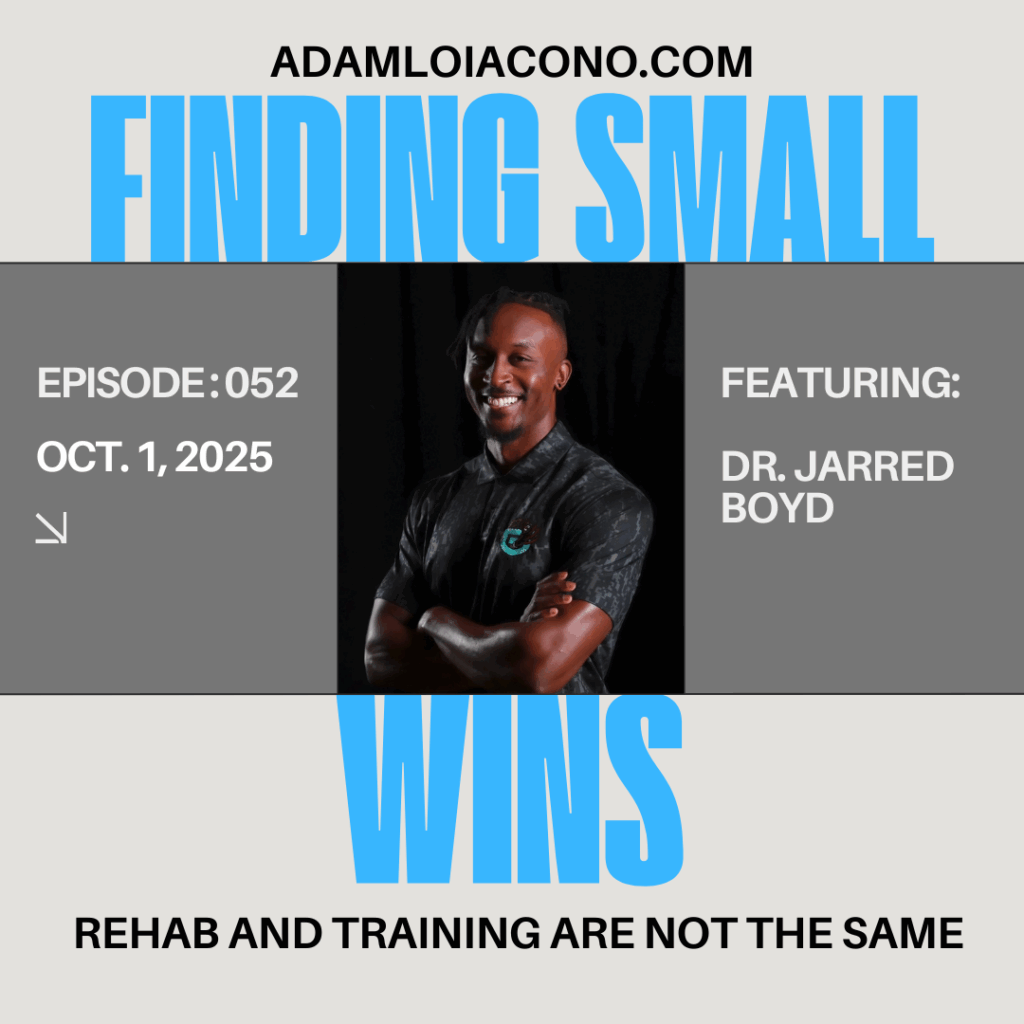
Episode Timeline
00:00:00 – Opening & Episode Context
Adam introduces the theme: why rehab does not equal training.
00:05:00 – Defining Rehab vs Training
Jarred Boyd explains risk tolerance vs risk expansion.
00:12:30 – Chaos and Entropy in the NBA Season
How constant travel, collisions, and schedule stressors shape rehab decisions.
00:19:45 – The Language We Use Matters
Why the phrase “rehab equals training” is misleading and can shift expectations poorly.
00:25:00 – Essentialism in Rehab Decision-Making
Focusing on constraints that matter most when time and athlete availability are limited.
00:32:15 – Avoiding Binary Bias
Integrating pluralism: not “neurology vs biology,” but both/and solutions.
00:39:00 – Adaptive Intent
Choosing interventions that transfer from controlled rehab to chaotic game conditions.
00:45:20 – Practical Case Reflections
Examples from NBA rehab scenarios showing how risk tolerance decisions play out.
00:52:00 – Building Longevity Through Rehab
The big-picture lesson: rehab restores variability and resilience, not just “gets you back.”
00:58:30 – Closing Thoughts
Jarred’s key takeaways and Adam’s summary of the small win.
